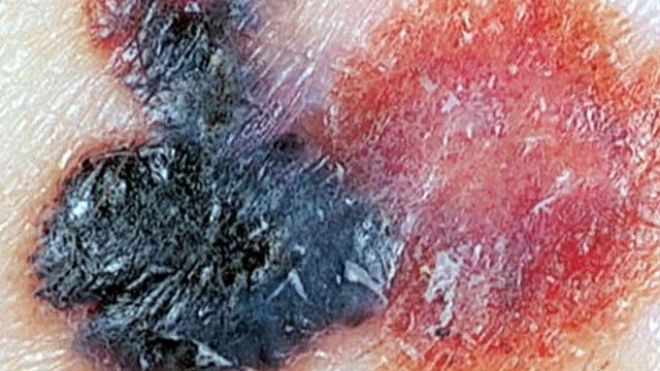
Doctors have long recommended exercise to reduce the risk of type 2 diabetes, especially in those at high risk for the condition. But a new study found that doing a short walk right after you eat may be the simplest and most effective strategy, especially for older adults. The study,  published in Diabetes Care, found that a 15-minute walk about a half an hour after each meal was as effective at reducing blood sugar as a single 45-minute morning or late afternoon walk.  But researchers found that the quick walk after dinner was even more effective than the longer afternoon walk in lowering blood sugars (glucose) over night into the next day. “The post-meal exercise was especially efficient at lowering the 3-hour post-dinner blood sugar glucose,” said the study’s lead author Dr. Loretta DiPietro, chair of the department of exercise science at George Washington University School of Public Health and Health Services. The study also found that the most effective time to go for a post-meal walk was after the evening meal. Dinner is usually the largest meal of the day, causing the greatest rise in blood sugar, which lasts into the night and the next morning. These affects were significantly reduced by the after dinner walk.    This is an important finding for older people. As you age, your insulin response to help shuttle sugar out of the bloodstream becomes sluggish. Insulin levels also start to fall in the afternoon and into the evening, adding to the weaker response to sugars you consume. Many people end up sitting around after dinner and going to bed with very high blood sugar levels – which according to DiPietro – is the worst thing you can do. When you exercise, contracting muscles help to clear sugar from the blood and get it stored in the muscles or liver. In this study, older adults walked at a moderate pace, not a brisk walk and not a leisurely stroll. This study, though small, was one of the first to look at the timing of exercise. The general recommendations are to get 150 minutes of exercise a week or at least 30 minutes five days a week. But the study looked at what happened a half an hour after a meal, during the time when sugar begins to flood the blood stream. “When you look at the data, you can see the blood sugar started to go up after a meal, and the exercise abruptly halted that upward rise in blood sugar,” said DiPietro. Though the findings need to be confirmed in larger trials, they are important for those with prediabetes and older individuals. An estimated 79 million Americans have prediabetes but most have no idea they are even at risk. “It may be easy for older adults to take a short walk or combine walking after a meal with running errands or walking the dog,” said DiPietro. The findings may be important for others including pregnant women who are at risk of gestational diabetes.  And if you overindulged in a meal, going for a brisk walk may help your body get rid of that excess sugar more efficiently.Laurie Tarkan is an award-winning health journalist whose work appears in the New York Times, among other national magazines and websites. She has authored several health books, including “Perfect Hormone Balance for Fertility.” Follow her on Twitter and Facebook.source : http://www.foxnews.com/health/2013/06/12/walking-after-meals-may-reduce-diabetes-risk/

